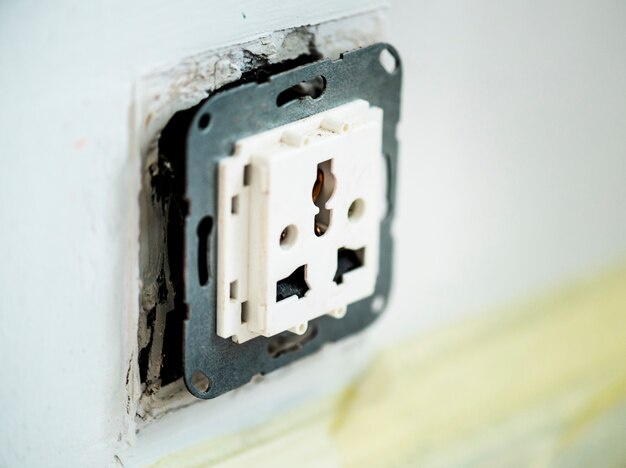In our modern world, safety is paramount. Whether at home, in the workplace, or in public spaces, ensuring the safety of individuals is a top priority. One often-overlooked aspect of safety is the role of safety switches. These unassuming devices play a crucial role in protecting lives and property by preventing electrical accidents. In this comprehensive guide, we delve into the importance of safety switch, how they work, and why they are essential for every environment.
What is a Safety Switch?
A safety switch, also known as a residual current device (RCD) or ground fault circuit interrupter (GFCI), is an electrical device designed to quickly disconnect the power supply when it detects a fault in the electrical system. This fault could be due to leakage of current, which may occur when someone accidentally touches a live wire or when an appliance malfunctions. By cutting off the power in such situations, safety switches prevent electric shocks, fires, and other serious accidents.
How Does a Safety Switch Work?
The operation of a safety switch is based on the principle of detecting any difference between the current flowing into a circuit and the current returning from it. Under normal circumstances, these currents should be equal. However, if there is a leakage of current, indicating a fault, the safety switch immediately shuts off the power supply to prevent harm.
Inside a safety switch, there is a sensitive electromagnetic coil or a solid-state circuit that continuously monitors the flow of electricity. When it detects an imbalance, it triggers a mechanism to trip the switch, cutting off the electricity flow within milliseconds. This rapid response is crucial for minimizing the risk of electric shock or fire.
Why Are Safety Switches Essential?
-
Protection Against Electric Shock: Electric shocks can be fatal, especially in environments where water is present, such as kitchens and bathrooms. Safety switches provide an extra layer of protection by swiftly disconnecting the power in the event of a fault, significantly reducing the risk of electric shock.
-
Fire Prevention: Electrical faults are a common cause of fires in homes and workplaces. By promptly cutting off power when a fault is detected, safety switches help prevent electrical fires from occurring, potentially saving lives and property.
-
Compliance with Regulations: In many countries, including the United States, Australia, and the United Kingdom, safety switches are mandatory in new residential and commercial buildings. Compliance with these regulations ensures the safety of occupants and minimizes the risk of legal liabilities for property owners.
-
Protecting Electronic Equipment: Electrical surges and faults can damage sensitive electronic equipment, such as computers, televisions, and kitchen appliances. Safety switches help safeguard these devices by preventing electrical faults from reaching them.
-
Peace of Mind: Knowing that safety switches are installed provides peace of mind to homeowners, tenants, and employers. It reassures them that their electrical systems are equipped to handle unforeseen faults and emergencies, fostering a sense of security.
Types of Safety Switches
There are several types of safety switches available, including:
-
Residual Current Device (RCD): This is the most common type of safety switch, designed to protect against electric shock by monitoring the imbalance between the current flowing into and out of a circuit.
-
Ground Fault Circuit Interrupter (GFCI): Similar to RCDs, GFCIs are commonly used in North America to provide protection against electric shock in residential and commercial environments.
-
Arc Fault Circuit Interrupter (AFCI): AFCIs are designed to detect and mitigate the risk of electrical fires caused by arc faults, which occur when electricity jumps between damaged wires or connections.
-
Combination Arc Fault Circuit Interrupter (CAFCI): These devices combine the features of AFCIs and GFCIs, providing comprehensive protection against both electric shock and electrical fires.
Conclusion
Safety switch are a critical component of electrical safety in homes, workplaces, and public spaces. By quickly disconnecting power in the event of a fault, they prevent electric shocks, fires, and damage to electronic equipment. Compliance with regulations mandating the installation of safety switches ensures the safety of occupants and reduces the risk of legal liabilities for property owners. Investing in safety switches not only protects lives and property but also provides peace of mind to individuals and organizations alike. Therefore, ensuring the presence of safety switches in electrical systems is essential for maintaining a safe and secure environment for everyone.


No comments yet